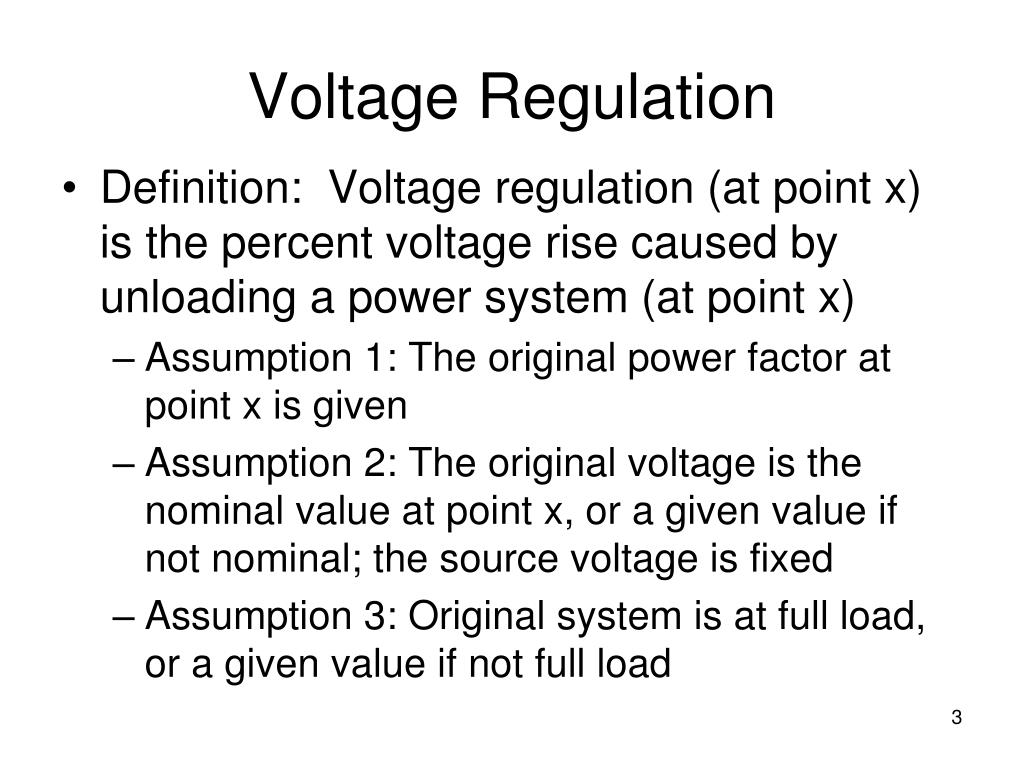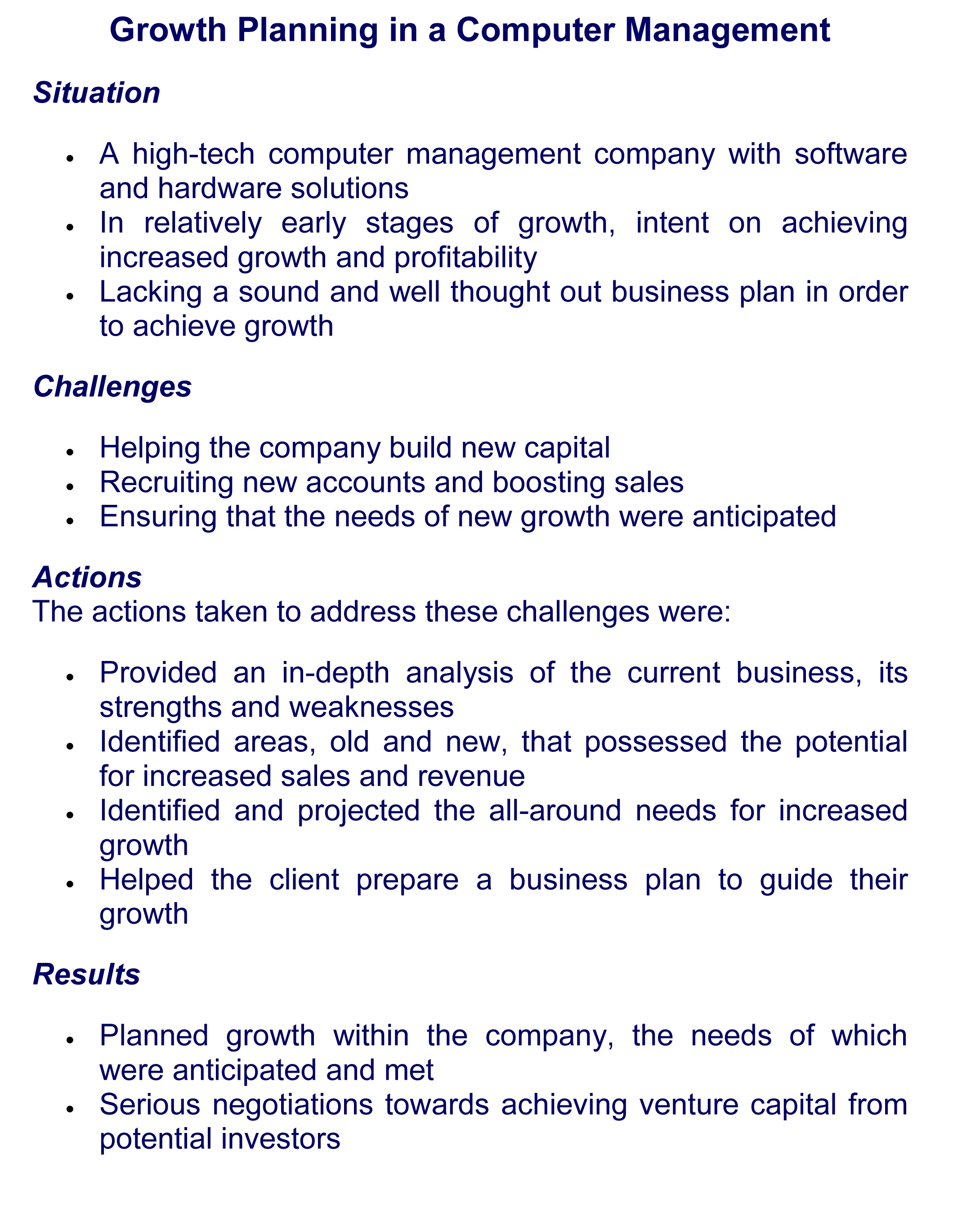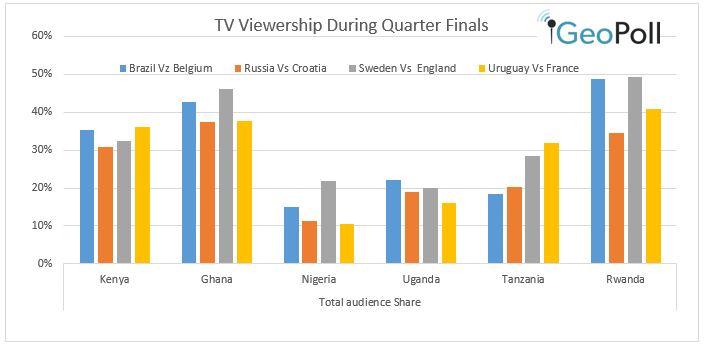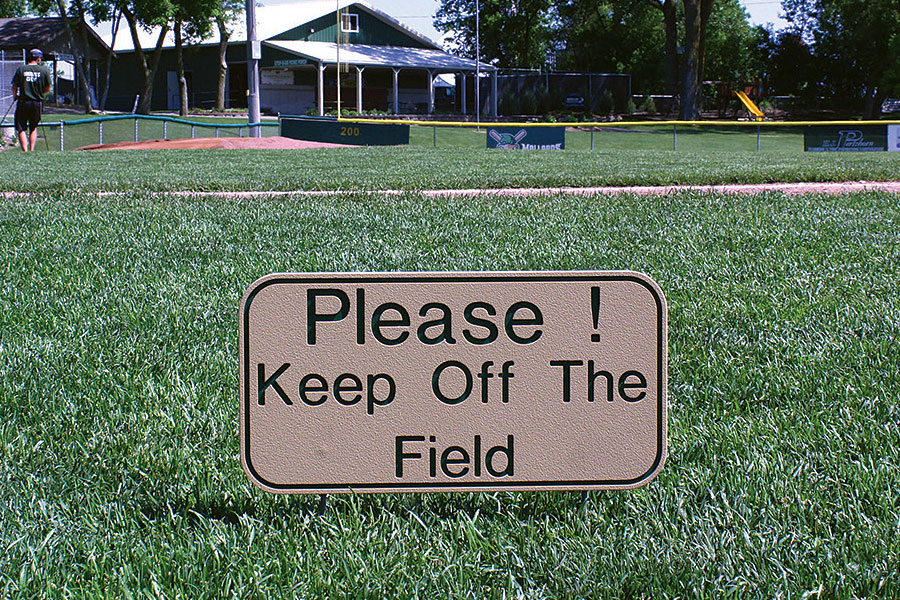Have you ever watched a thrilling game of rugby and wondered about the sheer size of the playing field? Just how expansive is a rugby pitch, and does its size affect the dynamics of the game? Well, you’re in for an enlightening journey through the dimensions and intricacies of this iconic sporting stage.
In a nutshell, a standard rugby pitch is quite substantial. It measures approximately 100 meters (330 feet) in length and 70 meters (230 feet) in width. These dimensions create an expansive battleground for rugby players, challenging their speed, agility, and teamwork in every match. But there’s more to it than just numbers; the rugby pitch plays a pivotal role in shaping the intensity and strategies of the game.
As we dive deeper into the details, you’ll discover the significance of various markings on the pitch, the safety considerations that come into play, and the intriguing variations that can exist in pitch size for different levels of the sport. So, let’s explore the fascinating world of rugby pitches and unravel the secrets behind their dimensions.
Dimensions of a Rugby Pitch
When it comes to the heart-pounding sport of rugby, one cannot help but marvel at the colossal battleground on which this fierce and exhilarating game unfolds. The dimensions of a rugby pitch, you see, are far from arbitrary; they are meticulously standardized to ensure that every match is played on a fair and level playing field. In the world of rugby, precision and consistency in pitch size are key, and it all begins with the fundamental measurements.
Length of the Pitch: At the core of every rugby pitch’s dimensions lies its remarkable length. Stretching out to a monumental 100 meters (or approximately 330 feet), this elongated expanse of green sets the stage for the epic clashes that transpire within its confines. This vast length is the backbone of the pitch, providing ample room for players to engage in the dynamic and relentless pursuit of victory. From thrilling sprints to thunderous tackles, this elongated battlefield allows rugby’s finest to showcase their skills.
Width of the Pitch: Complementing the impressive length of a rugby pitch is its width, which spans about 70 meters (around 230 feet). While not as extensive as its length, the width of the pitch is equally pivotal in determining the ebb and flow of the game. It provides ample space for teams to spread out, strategize, and orchestrate their plays. This width also plays a crucial role in set pieces such as scrums and lineouts, where precision and positioning are paramount.
But what about variations in pitch size? Here’s where the rugby landscape gets intriguing. While the standardized dimensions described above are adhered to at the highest levels of the sport, such as professional rugby leagues and international matches, variations do exist, particularly in the amateur and grassroots levels of play.
In the realm of professional rugby, where the best of the best clash in electrifying showdowns, adherence to the standard pitch size is sacrosanct. Whether it’s a Rugby World Cup final or a fierce battle in a premier league, the pitch dimensions remain consistent, ensuring a level playing field for all.
However, when we venture into the amateur leagues and local rugby clubs, we find a bit more flexibility. Here, variations in pitch size can be influenced by factors such as available space, budget constraints, and local regulations. While the length of the pitch is often maintained as closely as possible to the standard, the width may occasionally see some adjustments to accommodate the limitations of the venue. These variations, while minor, can introduce an element of unpredictability into the game, challenging players to adapt to their surroundings.
Playing Area
Within the intricate landscape of a rugby pitch, there exists a strategic topography that is essential to the dynamics of the game. These are not just lines and areas; they are the theater of critical moments, the canvas upon which legends are made, and the heart of rugby’s drama.
In-goal Area: The in-goal area is the dramatic stage where rugby players strive to earn their points and glory. This zone, located at both ends of the pitch, extends beyond the try line and is marked by a set of lines and flags. It’s not just a mere patch of grass; it’s where dreams of scoring tries come to life. This area is where players have the golden opportunity to ground the ball and secure five precious points for their team. It’s the place where fans hold their breath as they witness breathtaking dives, tackles, and last-ditch efforts to prevent a try. In the in-goal area, the significance lies in the pursuit of points, in the electric atmosphere that accompanies a potential score, and in the ultimate drama of a try being awarded or denied.
Try Line: The try line, a distinct boundary that separates the playing field from the in-goal area, is more than just a painted line on the grass. It represents the threshold of opportunity and challenge. Crossing this line is the primary objective of any attacking team in rugby. It’s where players showcase their speed, agility, and evasion skills as they attempt to touch the ball down over the line. The try line is not just about scoring; it’s about breaking through the defense, outsmarting opponents, and executing the perfect try-scoring maneuver. It’s where inches matter, where the line between success and failure is razor-thin, and where every player strives to etch their name in rugby history.
22-Meter Line: The 22-meter line, a boundary 22 meters from the goal line, serves as a crucial demarcation within the rugby pitch. This line is a pivot point for many aspects of the game. It plays a significant role in defining the areas where certain kicks are taken, such as conversions and penalty kicks. It’s where the intensity of defense meets the audacity of attack. Beyond this line, teams may find themselves under siege, defending their territory with tenacity. Conversely, it’s the launching pad for teams to mount offensive onslaughts, using precise kicks and strategic plays to gain an advantage. The 22-meter line embodies the shifting balance of power and strategy in rugby, where both attack and defense must be finely tuned.
In the grand tapestry of rugby, these zones are not mere geographical divisions but rather the heartbeats of the game. The in-goal area is where tries are born, the try line is where heroes emerge, and the 22-meter line is where tactics and precision converge. Understanding the significance of these zones is like deciphering the poetry of rugby—a sport where every inch of the pitch tells a story, where every line and mark carries the weight of history, and where every player aspires to leave their mark on the canvas of the in-goal area, across the try line, and beyond the 22-meter line. In rugby, these zones are not just boundaries; they are the epicenter of drama, where the magic of the game comes to life, and where champions are crowned.
Markings on the Pitch
When it comes to the intricate world of rugby, the pitch itself is not just a swath of grass; it’s a canvas adorned with an array of markings that orchestrate the ballet of strategy, precision, and fierce competition. These markings serve as both guides and challenges for players, shaping the very essence of the game.
Halfway Line: At the heart of the rugby pitch lies the halfway line, a significant demarcation that divides the field into two equal halves. This line not only symbolizes balance but also plays a pivotal role in the game’s restarts. It’s the line from which kickoffs are launched, setting the stage for the opening or resumption of play. The halfway line encapsulates the essence of rugby’s dynamic nature—where moments of calm and strategy give way to explosive action. As teams vie for control of the ball from the kickoff, this line represents the fulcrum upon which the game teeters, ready to tip in favor of the most determined.
10-Meter Line: Moving toward one end of the pitch, you encounter the 10-meter line, an essential boundary that comes into play during kickoffs and restarts. This line represents the minimum distance that the kicking team must place the ball forward from a kickoff. It serves as a tactical parameter, ensuring that the receiving team has a fair chance to contest possession. Moreover, the 10-meter line influences penalty kicks, as it dictates where the ball must travel before it can be played by the receiving team. In essence, this line creates a buffer zone that encapsulates the balance between fairness and competition.
5-Meter Line: Closer to the try line, we encounter the 5-meter line, a crucial marker that defines the territory of the attacking team during lineouts. It’s the line from which the throw-in takes place when the ball goes out of bounds. The 5-meter line is where the artistry of lineout play unfolds, as players vie for possession of the ball, launching it into the fray with precision and strategy. This line amplifies the tension and anticipation of these set-piece moments, where the outcome can sway the course of a match.
Hash Marks: Finally, we have the subtle yet significant hash marks, often overlooked but instrumental in rugby’s structure. These markings, situated at regular intervals across the pitch, serve as guides for scrums and lineouts. They ensure that players form orderly and symmetrical formations, maintaining fairness and safety. The hash marks are where the intricate choreography of the scrum takes shape, with players binding and engaging with precision. They also dictate the distances and positions during lineouts, adding an element of strategy to these pivotal set pieces.
In the grand tapestry of rugby, these markings are not mere lines on the field; they are the choreographers of the game’s intricate dance. Each one has a specific purpose, whether it’s the balance and control represented by the halfway line, the fairness and competition upheld by the 10-meter line, the drama and strategy inherent in the 5-meter line, or the precision and structure embodied by the hash marks. Together, they orchestrate the symphony of rugby, where players, coaches, and fans alike find themselves captivated by the intricate beauty of a sport where every line on the pitch tells a story and every mark holds a purpose. In the end, it’s not just a field; it’s a stage for the theater of rugby, where the markings set the scene for moments of triumph, tension, and pure exhilaration.
Pitch Surface

The playing surface of a rugby pitch is not just the ground beneath the players’ feet; it’s a critical element that can significantly influence the outcome of a game. When it comes to the pitch surface, two primary options come into play: natural grass and artificial turf. Each surface has its unique characteristics, maintenance requirements, and impact on gameplay, making it an essential aspect of rugby’s dynamic.
Natural Grass vs. Artificial Turf: The choice between natural grass and artificial turf is a decision that goes beyond aesthetics. Natural grass rugby pitches are a sight to behold, with their lush green expanses providing a visually appealing backdrop to the sport. They offer a soft and forgiving surface for players, reducing the impact on joints and muscles. However, natural grass pitches are susceptible to wear and tear, especially in high-traffic areas, and their quality can vary depending on weather conditions and maintenance.
On the other hand, artificial turf has gained popularity in the world of rugby due to its durability and reliability. These pitches feature synthetic grass fibers woven into a stable base, offering consistent playing conditions regardless of weather. Artificial turf provides a firmer and more predictable surface, which can be advantageous for running and passing. It also requires less maintenance, making it a practical choice for venues with heavy usage.
Maintenance and Ground Conditions: The upkeep of a rugby pitch is a crucial factor, regardless of whether it’s natural grass or artificial turf. Natural grass pitches demand meticulous care, including regular mowing, fertilization, and irrigation. Groundskeepers must monitor soil conditions, ensuring proper drainage to prevent waterlogging during rainy periods. Maintaining a consistent and even playing surface is essential to prevent injuries and ensure fair gameplay.
On the other hand, artificial turf requires less intensive maintenance but still demands attention. Regular brushing and occasional grooming are necessary to keep the synthetic fibers in optimal condition. Adequate drainage systems are vital to prevent water buildup on artificial turf, as it can affect ball bounce and player traction. Proper maintenance of the infill material is also crucial to ensure player safety and performance.
Impact on the Game: The choice between natural grass and artificial turf can significantly impact the dynamics of a rugby match. Natural grass pitches often provide a softer and more forgiving surface, reducing the impact on players’ bodies during tackles and falls. However, the condition of natural grass can deteriorate over the course of a game, especially in scrum-heavy matches, leading to uneven footing and challenging play conditions.
Conversely, artificial turf offers a consistent surface throughout the game, allowing for predictable ball bounces and player movements. It can facilitate faster gameplay and passing accuracy, as players can trust the stability of the pitch. However, the firmness of artificial turf can lead to more abrasive contact and increased friction burns, which players need to adapt to.
Safety Considerations
Safety considerations in the design and size of a rugby pitch are paramount, ensuring that players and spectators alike can enjoy the game without unnecessary risks. These considerations encompass two key aspects: padding and barriers, and player safety zones.
Padding and Barriers: The rugby pitch is not merely a field; it’s a battleground where physicality and competitiveness reign supreme. To mitigate the risks associated with this intense sport, padding and barriers play a pivotal role. First and foremost, the goalposts are equipped with protective padding to minimize the impact on players during tries and conversions. Additionally, perimeter barriers, often made of high-strength materials, safeguard spectators from accidental collisions with players. These barriers serve as a critical line of defense, preventing injuries and enhancing the overall safety of the rugby experience. They are not just physical structures but a testament to the sport’s commitment to protecting all those involved.
Player Safety Zones: Within the rugby pitch, specific zones are designated as player safety areas, serving as refuge points for players during matches. The most notable of these is the “in-goal area,” located behind the try line. In this zone, players who carry the ball into the in-goal area and touch it down score a try. This area also acts as a safety buffer, allowing players to ground the ball without fear of being tackled dangerously close to the perimeter. The “22-meter line” also serves as a safety consideration, delineating the boundary beyond which opposing players cannot encroach during penalty kicks. This ensures that players taking penalty kicks have a clear and safe path to execute their kicks. Player safety zones are not just strategic elements of the game; they are essential safeguards that protect athletes from unnecessary harm.
These safety features have a profound impact on the game by promoting fair play and minimizing the risk of injuries to both players and spectators. Padding and barriers instill confidence in players, allowing them to fully commit to the game without fear of collision-related injuries. The presence of player safety zones ensures that the most critical moments of the game, such as try-scoring and penalty kicks, can unfold without compromising player well-being. Furthermore, these safety considerations uphold the integrity of rugby as a sport that values the safety and welfare of all participants.
In essence, safety considerations in rugby pitch design and size go beyond the aesthetics and dimensions of the field. They are a testament to the sport’s commitment to creating an environment where passion, competitiveness, and physicality can thrive while ensuring the safety and well-being of everyone involved. Whether it’s the protective padding on goalposts, the robust perimeter barriers, or the designated player safety zones, these elements are integral to the rugby experience. They symbolize the sport’s dedication to preserving its essence while evolving to meet modern safety standards, making rugby not only exhilarating but also responsibly conducted and enjoyed by enthusiasts around the world.
Regulation Compliance
Rugby, a sport steeped in tradition and rigor, places a significant emphasis on the standardization and regulation of its pitch dimensions. The adherence to these regulations, both at the international level governed by World Rugby and within local variations and regulations, is a cornerstone of fair play and the integrity of the game.
International Rugby Board (World Rugby) Regulations: At the global level, the custodian of rugby’s regulations is World Rugby, formerly known as the International Rugby Board (IRB). World Rugby meticulously defines the standard dimensions of a rugby pitch, ensuring a level playing field for teams competing at the highest levels of the sport. According to World Rugby regulations, a rugby pitch should have a length of 100 meters and a width of 70 meters, forming an expansive and uniform battleground for players. These regulations extend to various other aspects of the pitch, including the dimensions of the in-goal areas, the distances between lines, and the positioning of goalposts. Such precision ensures that teams can compete on a fair and consistent platform, regardless of the location or venue of the match.
Local Variations and Regulations: While World Rugby provides a global standard, local variations and regulations also come into play. Different regions and governing bodies may have specific guidelines that align with their unique circumstances and needs. These variations can encompass pitch size adjustments due to space constraints, climate considerations, or historical norms. However, even in these cases, there is a concerted effort to maintain the spirit of the game’s regulations. Local variations are carefully monitored to ensure that the essence of rugby remains intact, preserving the core principles of fairness, competitiveness, and safety.
Importance of Adhering to Regulations: Adhering to pitch dimension regulations is not just a matter of administrative compliance; it is fundamental to the essence of rugby itself. Standardized dimensions ensure that every player and team, regardless of their origin or background, faces the same challenges and opportunities on the pitch. It fosters an environment where the outcome of a match is determined by skill, strategy, and teamwork rather than external factors. It also enhances player safety by ensuring that the playing area is consistent and predictable.
Moreover, adherence to regulations upholds the integrity of the sport. It allows rugby to maintain its status as a global game with universal appeal, where teams from diverse cultures and regions can compete on a level playing field. It also makes it possible for fans and spectators to follow the sport with a clear understanding of the rules and dimensions, enhancing their engagement and appreciation.
Notable Rugby Pitches

In the realm of rugby, where the battle unfolds with intensity and fervor, certain stadiums stand as iconic monuments to the sport’s legacy. These hallowed grounds have witnessed historic moments, showcased the finest talents, and become the heart and soul of rugby culture. Here, we explore a selection of notable rugby pitches from around the world, each with its own unique story and significance.
1. Twickenham Stadium (England):
- Historical Significance: Known as the “Home of Rugby,” Twickenham Stadium in London holds a special place in the hearts of rugby enthusiasts. It has been the venue for countless memorable matches, including Rugby World Cup finals. The stadium’s history dates back to 1907 when the first international match was played here.
- Interesting Fact: Twickenham is the largest rugby stadium in the world, with a seating capacity of over 82,000 spectators. The hallowed turf has seen legendary players grace its field, becoming a symbol of rugby tradition and excellence.
2. Eden Park (New Zealand):
- Historical Significance: Eden Park, located in Auckland, New Zealand, is renowned as the fortress of the All Blacks, New Zealand’s national rugby team. It has been the stage for numerous historic moments in rugby history and is one of the most feared venues for visiting teams.
- Interesting Fact: Eden Park is not limited to rugby; it also hosts cricket matches. It was the venue for the final match of the 2011 Rugby World Cup, where New Zealand clinched victory, further solidifying its status as an iconic rugby stadium.
3. Ellis Park Stadium (South Africa):
- Historical Significance: Ellis Park Stadium, situated in Johannesburg, South Africa, is synonymous with the Springboks, the country’s national rugby team. It played a pivotal role in the 1995 Rugby World Cup, famously depicted in the movie “Invictus.”
- Interesting Fact: The stadium has a rich history and has undergone significant renovations over the years, making it a modern and comfortable venue for fans. The “Madiba Stand” is a tribute to Nelson Mandela, who attended the 1995 World Cup final.
These rugby pitches transcend mere sports arenas; they are living legends, embodying the spirit, history, and passion of rugby. They have been the theaters of triumph and heartbreak, where players become heroes and fans become part of a collective experience that unites nations. These stadiums are not just structures of concrete and steel; they are the beating heart of rugby, where dreams are realized and memories are etched into the annals of sporting history. They serve as reminders of the enduring legacy of this incredible sport and continue to inspire generations of rugby enthusiasts around the globe.
Additional questions and answers
- What are the markings on a rugby field for?
-
Markings on a rugby field serve multiple crucial purposes. They delineate specific zones and lines to ensure fair and safe gameplay:
-
Halfway Line: The halfway line divides the field into two equal halves, providing a reference point for kick-offs and restarts.
-
10-Meter Line: This line marks the minimum distance opponents must stand behind during kick-offs, ensuring a fair chance to contest possession.
-
5-Meter Line: The 5-meter line denotes the minimum distance from the try line where scrums, lineouts, and restarts take place, preventing encroachment.
-
Hash Marks: These marks, known as the hash or tramline marks, help position players correctly during scrums and lineouts, ensuring proper alignment.
These markings are fundamental to the structure and integrity of the game, facilitating fair competition, safety, and adherence to rugby’s rules and regulations.
-
- Is artificial turf common on rugby pitches?
-
No, artificial turf is not common on rugby pitches. Unlike sports like soccer or American football, rugby is traditionally played on natural grass pitches. Natural grass provides a level of cushioning and stability that is essential for rugby’s physical nature. It helps reduce the impact on players during tackles and scrums, minimizing the risk of injury.
While some venues and training facilities may have experimented with artificial turf for various reasons, such as weather resilience, the majority of professional and international rugby matches continue to be played on natural grass. The World Rugby regulations also specify natural grass as the preferred surface for international competitions, emphasizing player safety and the maintenance of rugby’s traditional standards.
- How are rugby pitch safety standards enforced?
-
Rugby pitch safety standards are enforced through a combination of regulatory bodies and vigilant oversight:
-
World Rugby Regulations: World Rugby, the global governing body for the sport, establishes comprehensive safety guidelines and regulations for rugby pitches. These regulations cover pitch dimensions, goalpost padding, barrier specifications, and more.
-
National and Local Governing Bodies: National rugby associations and local governing bodies ensure compliance with safety standards at all levels of the sport. They conduct regular inspections, provide guidance, and collaborate with venues to address safety concerns.
-
Match Officials: Referees and match officials play a pivotal role in upholding safety standards during matches. They have the authority to delay or halt games if pitch conditions pose a risk to player safety.
-
Stadium Authorities: Venue operators and stadium authorities are responsible for maintaining the playing surface, including proper pitch markings, goalpost safety, and barrier maintenance.
-
Safety Audits: Periodic safety audits and inspections are conducted to identify and rectify safety issues promptly.
Enforcement of these standards is essential to mitigate risks and ensure the safety of players and spectators, reflecting rugby’s commitment to player welfare and fair play.
-
In conclusion
The size of a rugby pitch, in other words, is not only determined by arbitrary measurements; it is the canvas upon which the sport’s drama takes place. When you play on a rugby pitch with such dimensions, you have to push yourself to achieve your goals and show off your skills. There are strategic elements that influence gameplay in addition to the markings on the field from the halfway line to the try line.
Furthermore, padding and barriers ensure the safety of both players and spectators. Pitch sizes are regulated by rules enforced by organizations such as World Rugby, ensuring fair and uniform competition in the game.
As we’ve shown in previous articles, historic stadiums all over the world are pilgrimage sites for rugby fans who have come to watch their sport. Take a moment to think about the significance of the size and dimensions of the pitch at the next time you watch a rugby match – it’s not just a field, but it’s a stage for a thrilling sporting event.






























/cdn.vox-cdn.com/uploads/chorus_image/image/66877646/1203672984.jpg.0.jpg)

